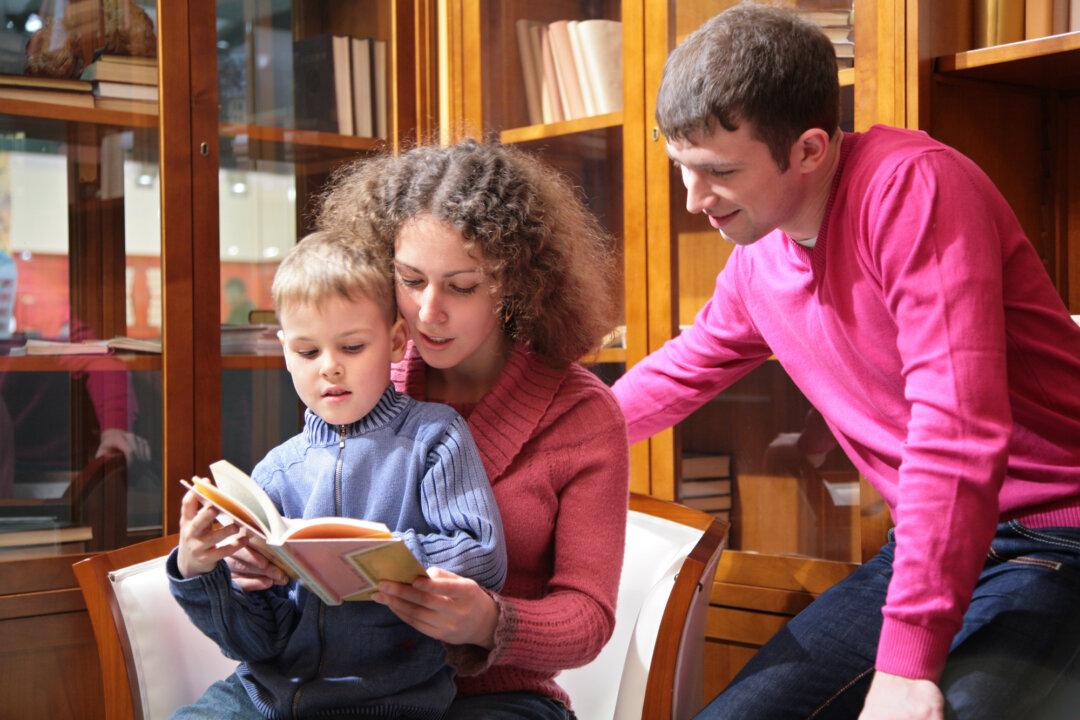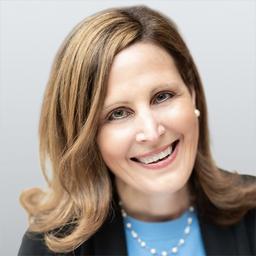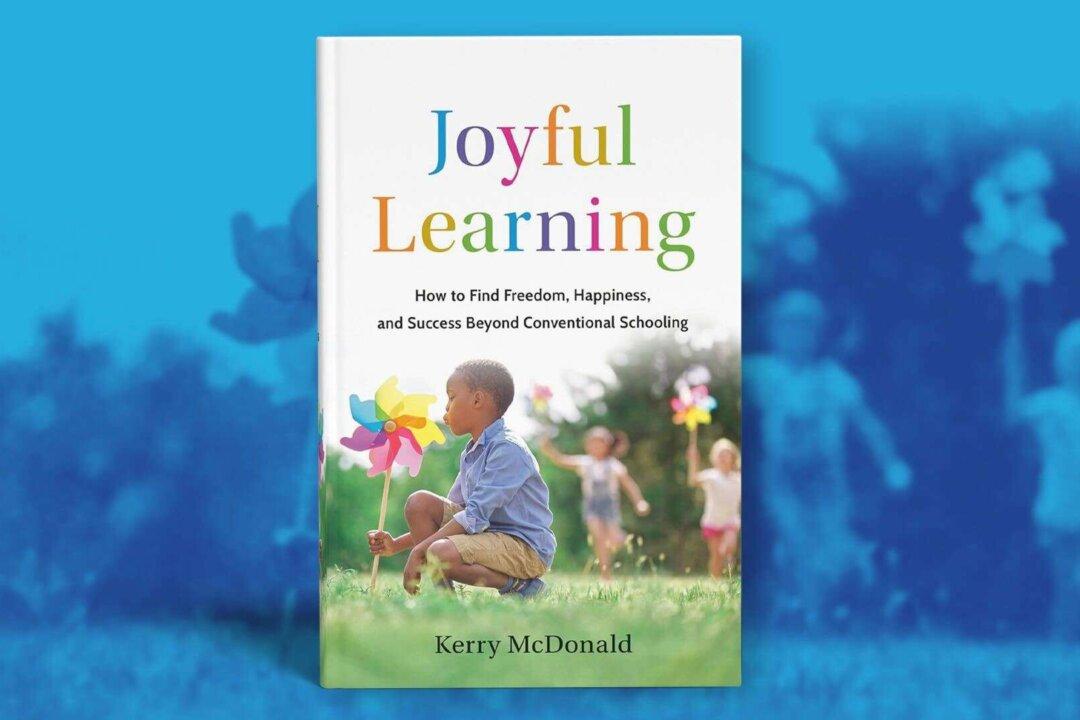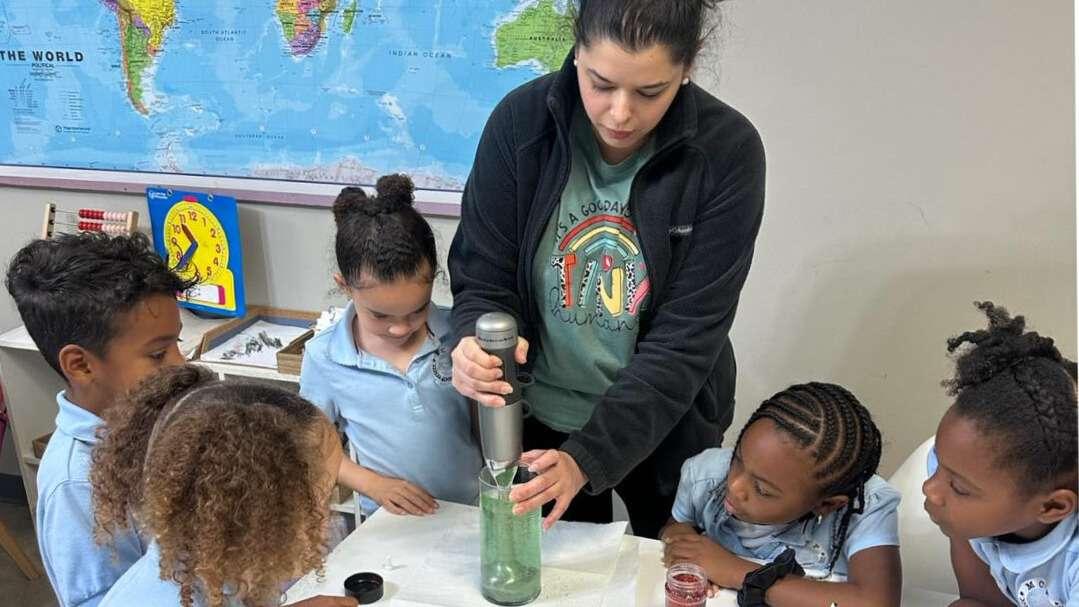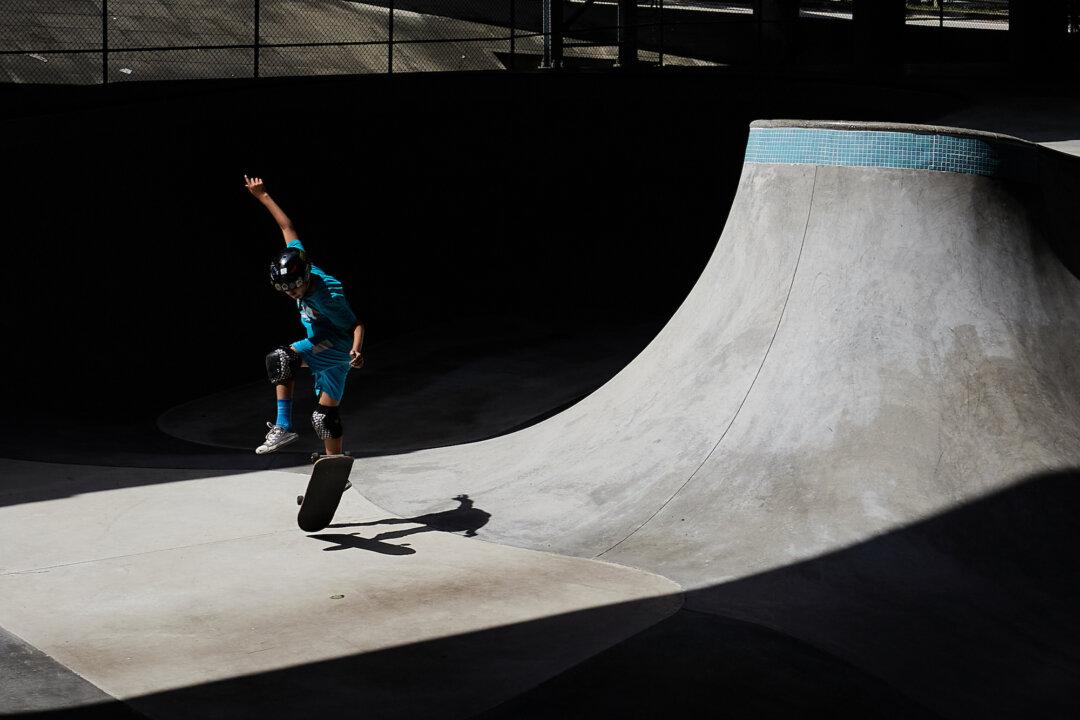Many families took one look at their school district’s remote or hybrid learning offerings this fall and said, “No, thank you.” That’s the message gleaned from national and state-specific data on the surging number of homeschooled students this academic year.
Prior to the pandemic and related school closures last spring, there were just under 2 million homeschoolers in the United States, representing about 3.4 percent of the total K-12 school-age population. According to recent polling by Education Week, that percentage has more than doubled to 9 percent this fall, or nearly 5 million homeschoolers. This estimate mirrors related polling from Gallup in August suggesting that 10 percent of U.S. students would be homeschooled this year.

